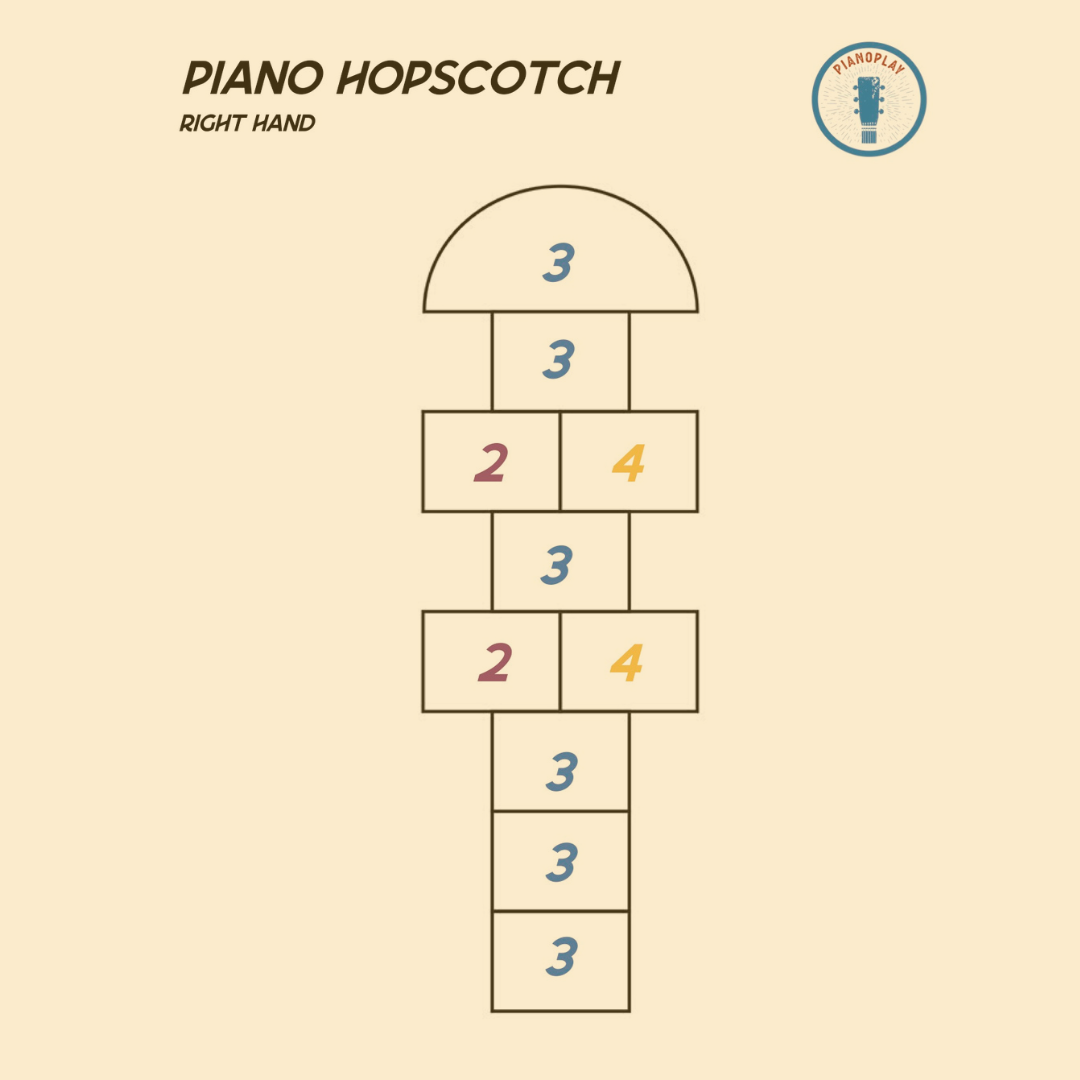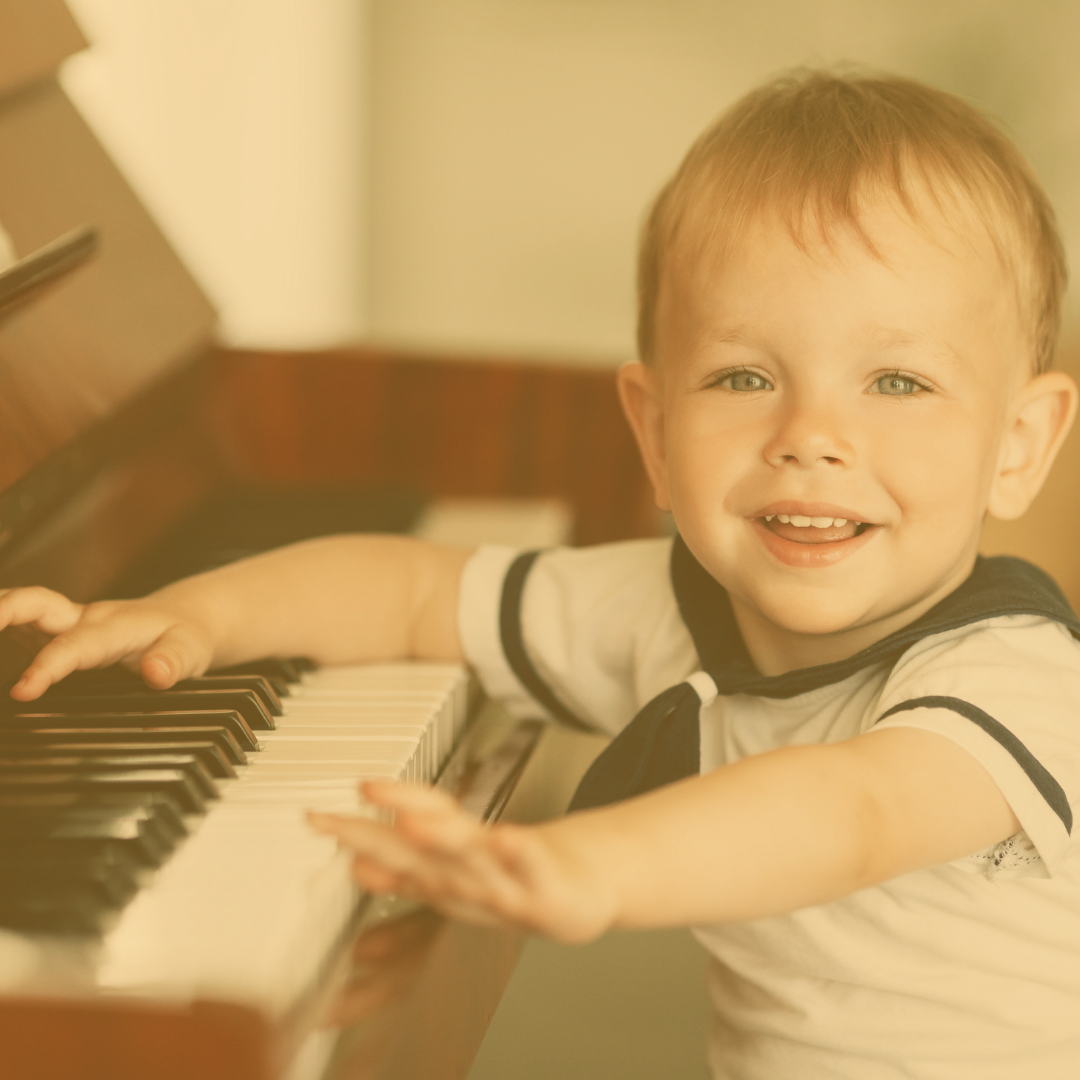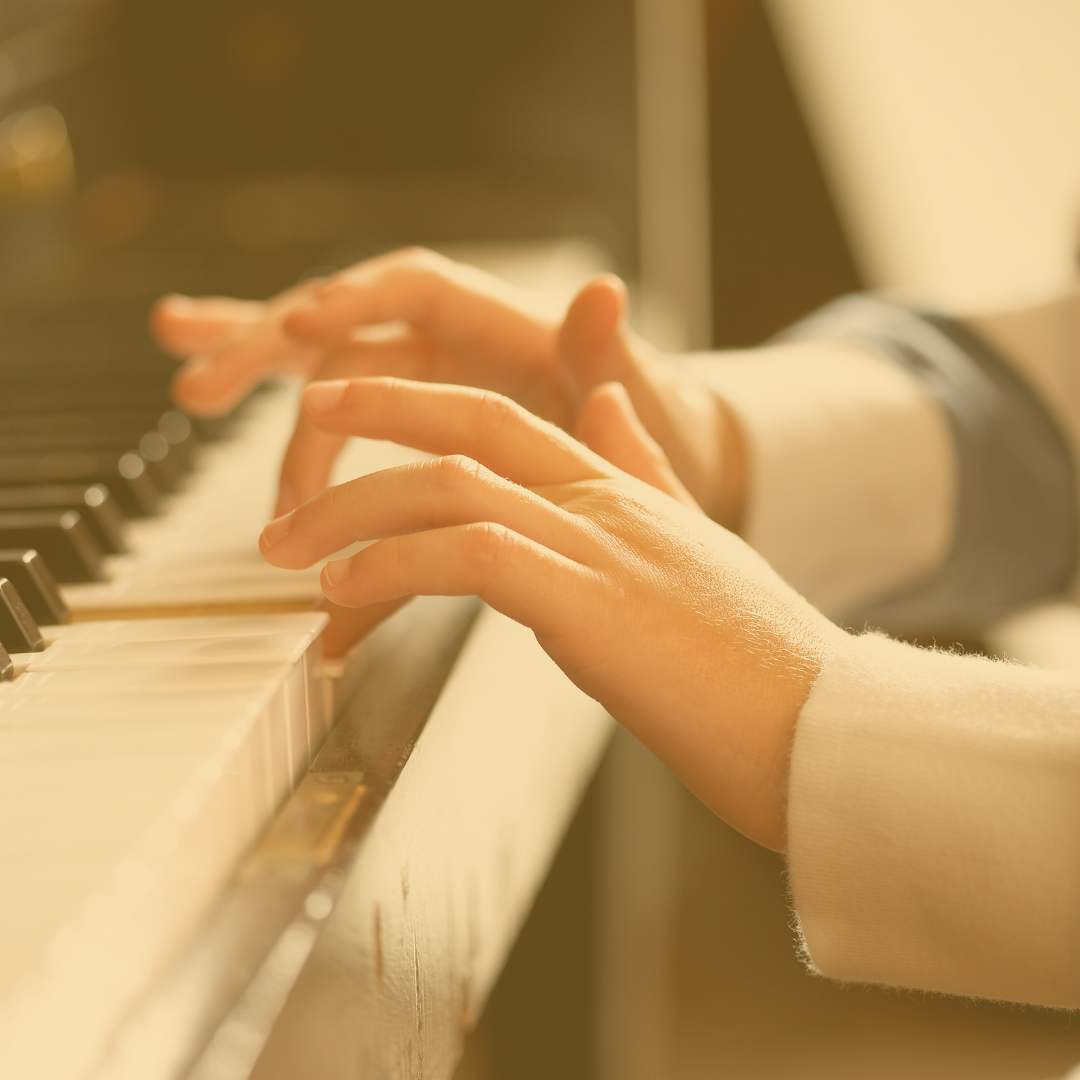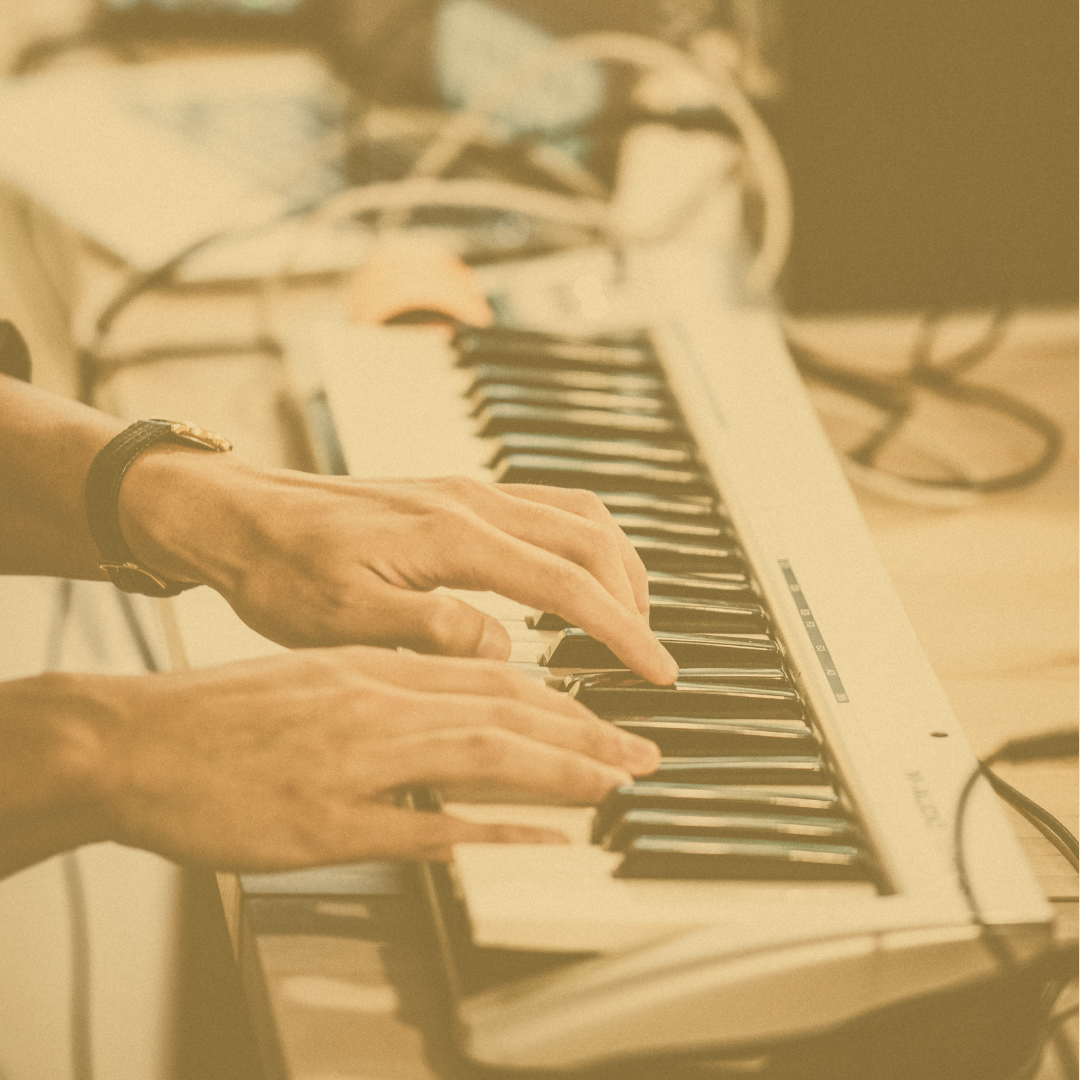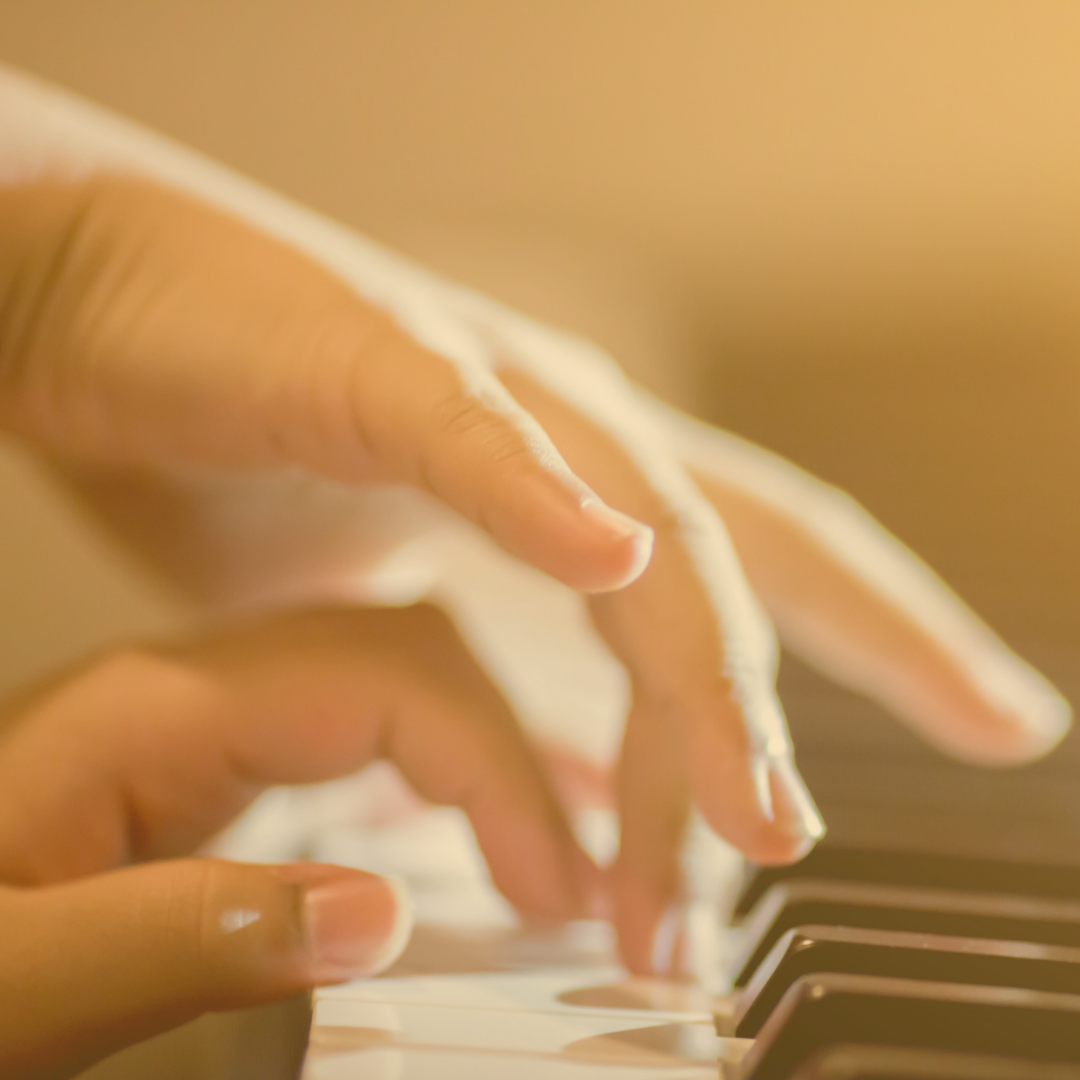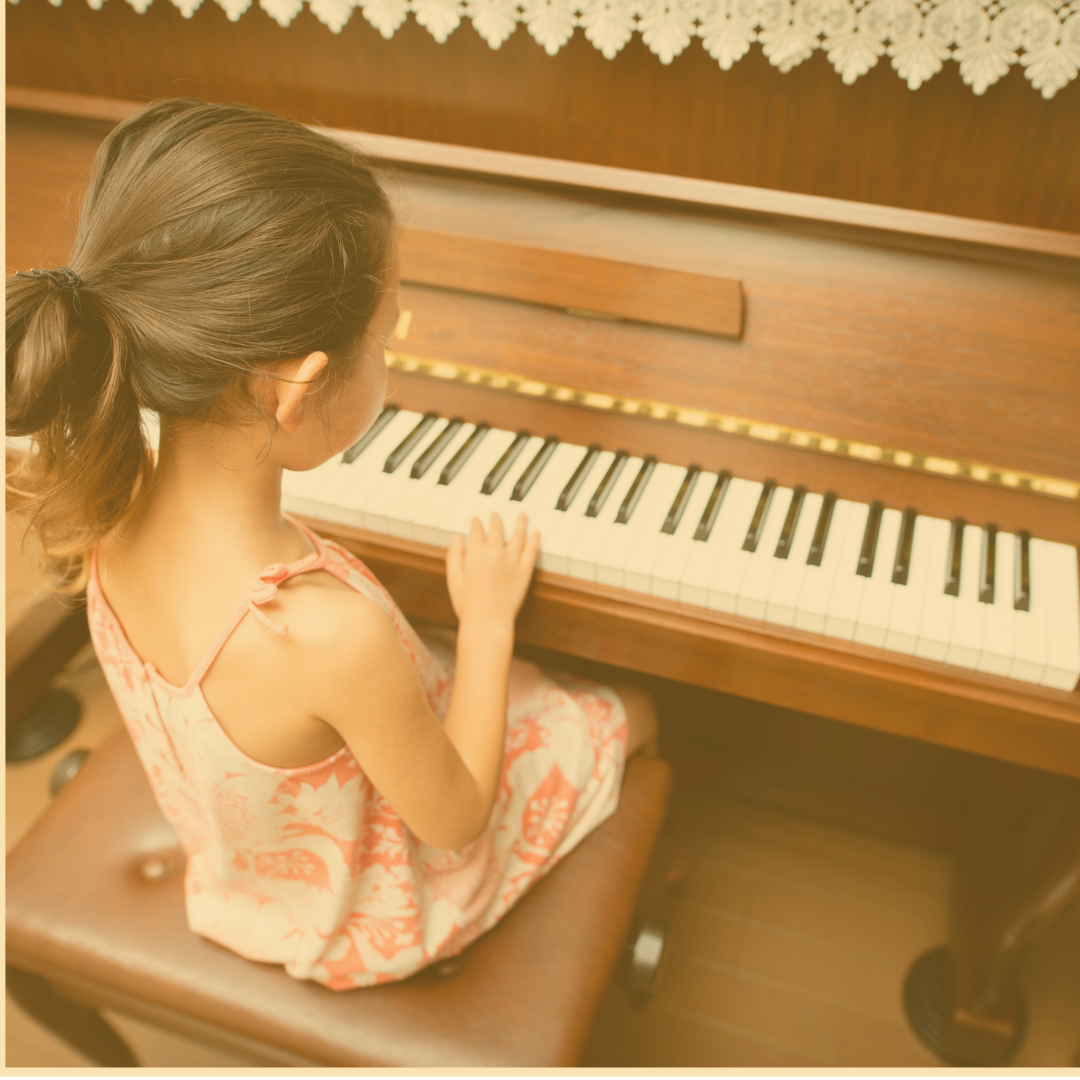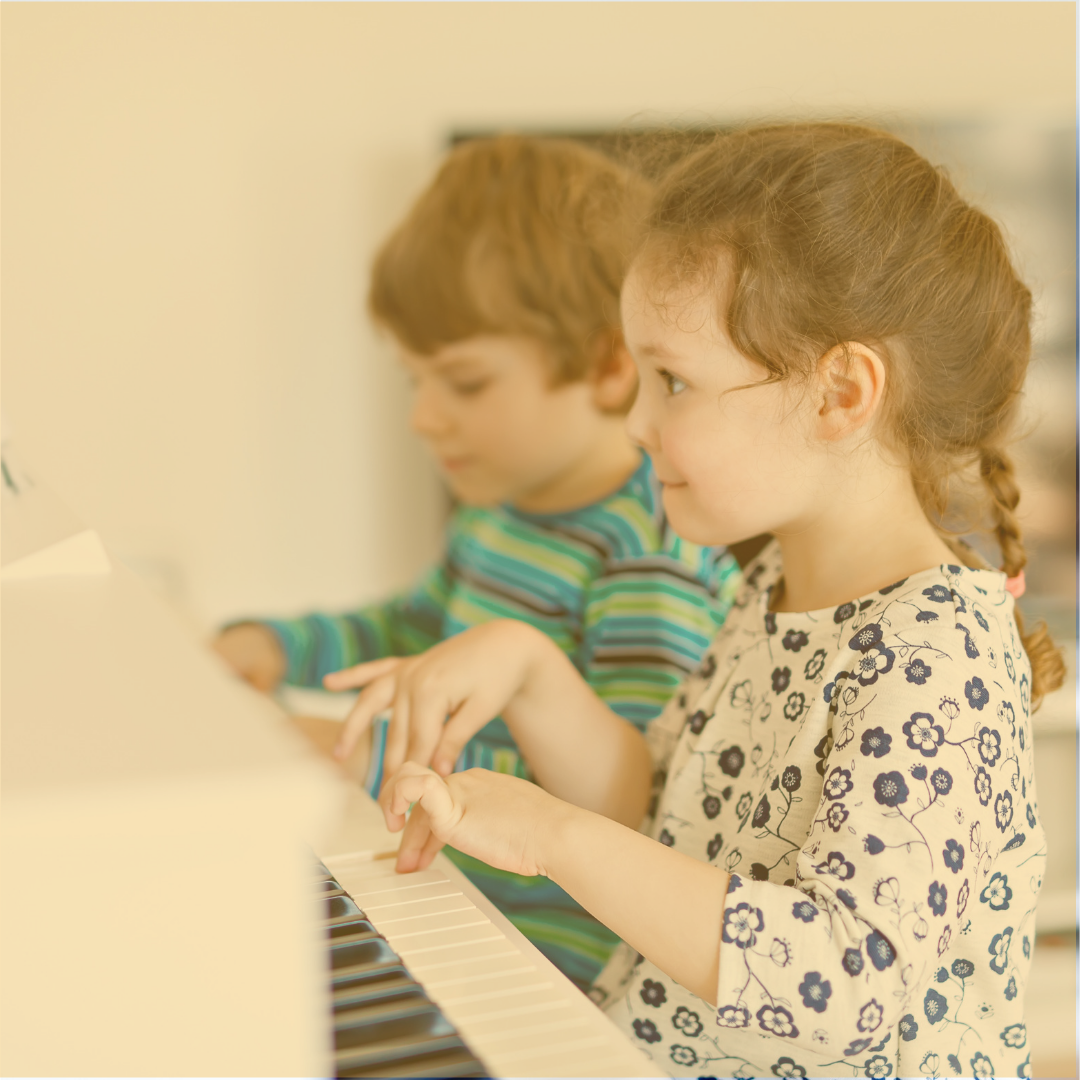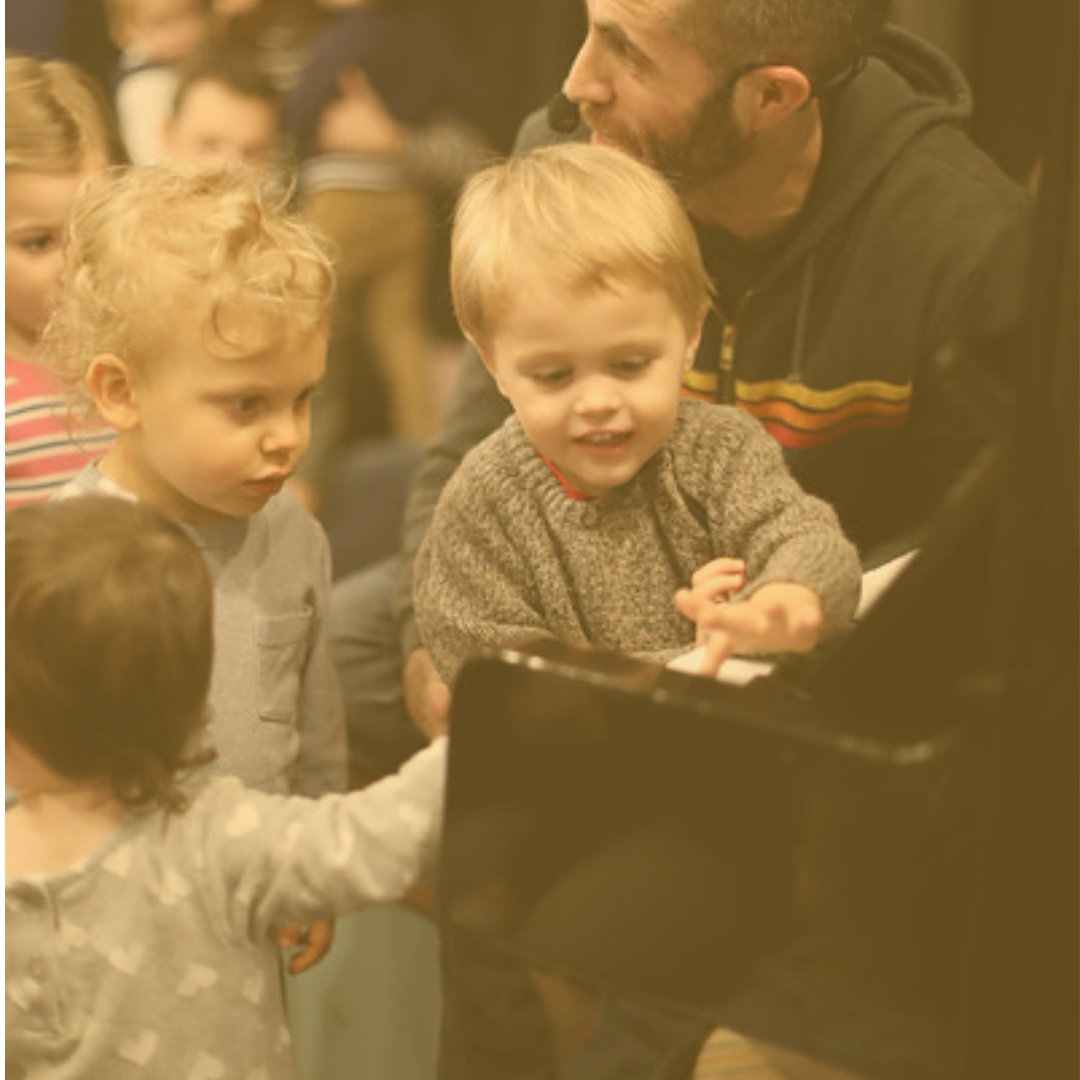Make It Into a Game
Learning piano for the first time takes a lot of practice and can feel tedious at times. However, there are many ways to make it fun! Here are 3 games for the piano that will be sure to bring some smiles to your practice session!
The Pennies Game
Objective: Learn the notes on the keyboard and staff
Step 1: Place stickers on pennies with each of the note names (A through G)
Step 2: Put the pennies face down on the notes they belong to (don’t put them in order)
Step 3: Say the note before you turn over the penny, do it until you get them all right!
**Advanced!!!
Draw your own large staff paper with the spaces between the lines big enough for the pennies. Place the pennies on the staff to write your own song!
The Safari Game
Objective: Quickly recognize different keys on the piano (in preparation for sight-reading)
Step 1: Buy 2 plastic animals at your local toy store.
Step 2: Start with the two animals placed 5-8 white keys apart from each other.
Step 3: Tell your student which keys the animals need to run to not to get caught by the other one (in this case we will use a rabbit and jaguar) i.e “The rabbit is going to run up to the key Ab to get away, but now the jaguar is going to jump to the key B to try and get him.”
This game can be quite fun and help with quick recognition of the piano keys!
The Tip-Toe Game
Objective: Recognize different tempos and learn to feel the beat in your body
Step 1: Either at the piano or on a CD player, play very fast music and have your student jump around the room at the beat of the music.
Step 2: Without warning, switch to slow music and have your student quietly tip-toe around the room to the tempo of the music.
Step 3: Vary the tempos and have your student recognize the changes. Fall down at the end!
